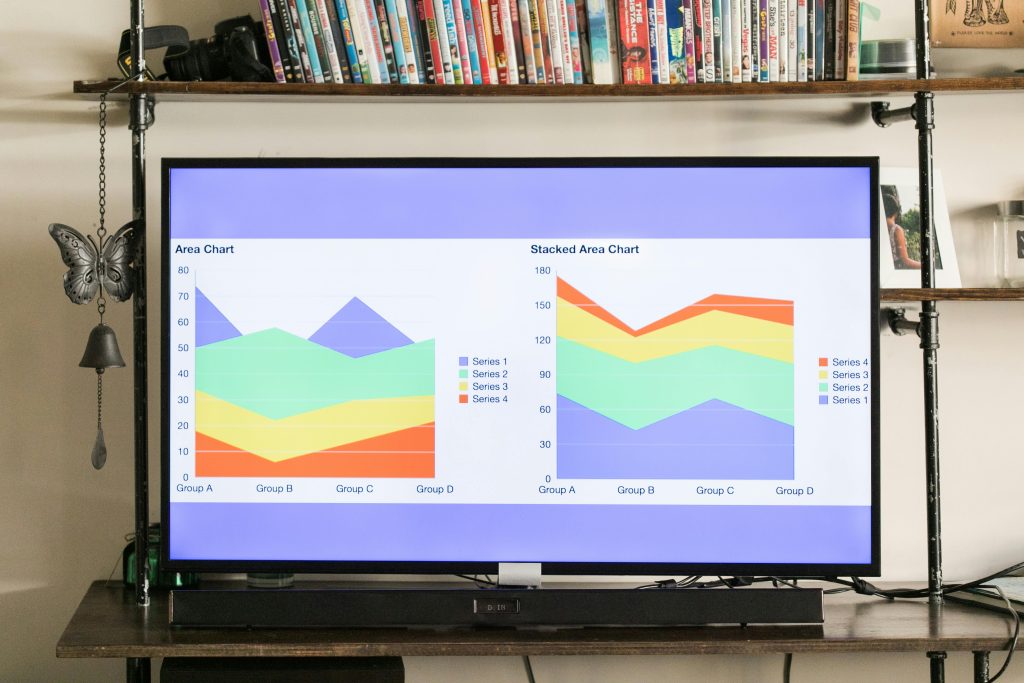Introduction
In today’s fast-paced, data-driven world, tracking plays a critical role across industries—from logistics and field services to fleet management, asset monitoring, and personal safety. Yet, many businesses still struggle with inaccurate data, delayed updates, or poor system integration.
At trackpath.com.au, we specialise in intelligent tracking solutions that deliver real-time insights, improve operational efficiency, and reduce overhead. Whether you’re monitoring vehicles, staff, shipments, or valuable assets, successful tracking isn’t just about installing a GPS—it’s about building a smart system that works seamlessly for your goals.

In this guide, we share top expert tips to help you maximise the impact of your tracking tools—ensuring you get the visibility, control, and performance you need.
1. Clearly Define Your Tracking Objectives
Start With the Why
Before choosing a tracking system, clarify your primary objectives.
Ask yourself:
- Are you tracking for efficiency, security, or compliance?
- Do you need real-time visibility or periodic updates?
- What do you want to measure—location, movement, temperature, fuel, driver behaviour?
By identifying your key metrics, you can choose the right hardware, software, and reporting tools to match.
2. Choose the Right Tracking Technology
Not All Trackers Are Created Equal
From GPS to RFID and IoT sensors, there are many ways to track assets or people. Choosing the right tech depends on your use case.
Popular tracking types:
- GPS tracking: Ideal for vehicles, fleets, field workers, and real-time location monitoring.
- RFID/NFC: Best for inventory, warehousing, or high-volume asset management.
- BLE (Bluetooth Low Energy): Good for short-range tracking indoors.
- IoT sensors: Monitor additional data like temperature, humidity, shock, or tampering.
At trackpath.com.au, we offer custom solutions tailored to your tracking environment—whether it’s urban logistics or remote field sites.
3. Ensure Seamless System Integration
Make Tracking Part of Your Workflow
Your tracking solution should integrate easily with your existing platforms—like inventory management systems, dispatch software, or HR systems.

Integration advantages:
- Fewer manual processes
- Real-time syncing across departments
- Improved data accuracy and reporting
- Smarter automation and alerts
Trackpath Tip: Look for platforms with open APIs, cloud compatibility, and mobile app support to stay connected anywhere, anytime.
4. Leverage Real-Time Alerts and Automation
Stop Issues Before They Escalate
Modern tracking isn’t just about watching a dot on a map—it’s about triggering smart actions.
Examples of automated alerts:
- Vehicle leaving geo-fenced areas
- Driver speeding or harsh braking
- Asset idling too long
- Temperature changes beyond set limits (e.g., cold chain logistics)
Set up real-time notifications via email, SMS, or app alerts to act quickly and maintain control.
5. Optimise Fleet and Route Performance
Use Tracking to Drive Efficiency
If you manage vehicles or mobile staff, GPS tracking helps streamline operations and reduce fuel costs.
Fleet tracking benefits:
- Route optimisation based on traffic or terrain
- Driver behaviour monitoring (speeding, idling, rapid acceleration)
- Fuel usage reporting and theft prevention
- Maintenance scheduling alerts based on mileage or engine data
Over time, these efficiencies reduce wear and tear, improve delivery times, and boost customer satisfaction.
6. Prioritise Data Security and Privacy
Trust Depends on Transparency
With tracking comes responsibility. Ensure your system protects sensitive data and complies with privacy laws.

Best practices:
- Use encrypted data transmission (HTTPS, SSL)
- Limit access to authorised personnel only
- Comply with local workplace surveillance laws
- Be transparent with employees about tracking policies
At trackpath.com.au, our solutions follow industry standards in cybersecurity and data governance.
7. Train Your Team to Use Tracking Tools Effectively
Technology Is Only as Good as the People Using It
Whether it’s field staff, dispatch teams, or warehouse operators, everyone involved should know how to interact with the tracking system.
Training checklist:
- How to access and interpret data
- What alerts mean and how to respond
- Using the mobile app or dashboard
- Understanding data privacy policies
Trackpath Advantage: We provide onboarding and user training as part of every deployment.
8. Use Analytics for Continuous Improvement
Turn Tracking Data Into Actionable Insights
The true power of tracking lies in analysis and reporting. Review your metrics regularly to spot trends and optimise performance.

Metrics to monitor:
- Average delivery times
- Driver behaviour scores
- Asset utilisation rates
- Downtime or bottlenecks
- SLA compliance
Use these insights to improve decision-making, reduce costs, and increase accountability across your organisation.
9. Keep Your Hardware Updated and Maintained
Prevent Gaps in Tracking Coverage
Even the best systems need maintenance.

Checklist:
- Regularly check tracker battery levels or charging
- Update firmware and software as needed
- Replace damaged or outdated devices
- Review SIM/data plans for active coverage
Staying up-to-date ensures accurate and uninterrupted tracking.
Conclusion
Tracking success doesn’t happen by accident—it’s the result of smart strategy, the right tools, and consistent monitoring. Whether you’re managing a fleet, securing high-value assets, or improving field visibility, the right tracking system can transform how your business operates.
At trackpath.com.au, we offer end-to-end tracking solutions that are reliable, secure, and tailored to your needs. From setup to support, we help you stay in control—no matter where your assets, people, or vehicles are.
Want to streamline your tracking and gain full operational visibility? Contact TrackPath today for a free consultation.


